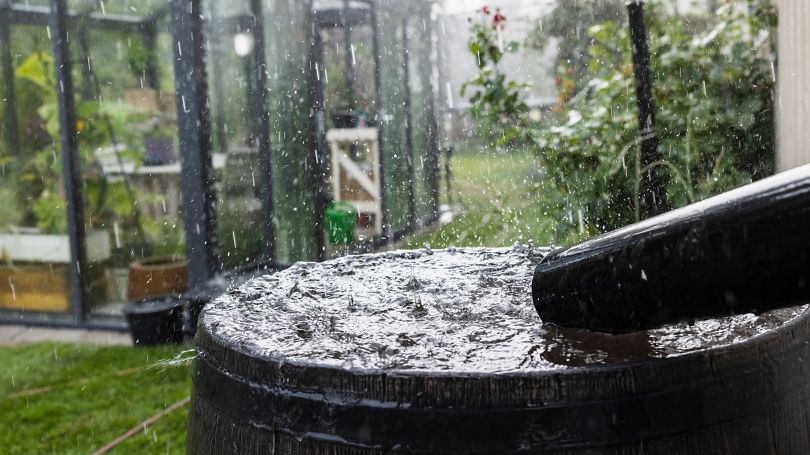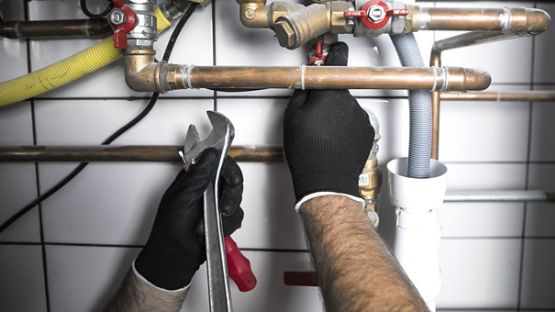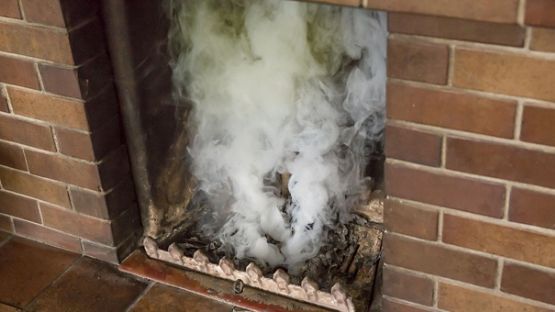We can all do our part to help the planet, and every effort makes a difference. One of the ways you can contribute is to help conserve water.
Each year, as warmer weather sets in, there’s a higher demand on the municipal water system to water lawns and gardens. Rather than using municipally treated water, why not take up the ancient practice of rain harvesting?
Implementing rainwater harvesting as part of your home’s water conservation techniques can significantly reduce your reliance on municipally treated water. By collecting rainwater from your roof in a well-sealed rain barrel, you may be able to save on utility bills and contribute to sustainable water management practices.
This method, alongside other water conservation techniques such as using drought-resistant plants in your garden and installing low-flow irrigation systems, can help mitigate the strain on local water resources, especially during dry seasons. Embracing these practices not only promotes a greener lifestyle but also enhances the resilience of your home to changing climate conditions.
How to collect water naturally using a rain barrel
Most of the items you need to get started on your goal to collect rainwater can be found at your local home building centre.
- Select a rain barrel that meets your needs. There are many shapes and sizes, but a 200-litre drum works well. Some municipalities sell rain barrels at a subsidized rate, so be sure to check when you’re shopping for one.
- Choose one that’s well sealed to keep out bugs that are attracted to still water. The rain barrel should also have a secure lid so a child can’t open it.
- Get a diversion kit. This optional device attaches to your downspout to help regulate the amount of water going into the barrel. If your barrel fills up, the diverter directs the excess water back to your downspout and away from your house. It also helps to filter out any debris that may flow down the spout.
- Install rain gutter filters to separate leaves and debris from the water as it flows. You can hire services to install the gutter filters, if necessary.
- Connect the gutter downspout to your vessel, and voila! Your rainwater collection system is complete.
Most rain barrels will have a valve or spigot where you can attach a garden hose for easy access to make watering your garden and washing your car a breeze. If you need a little more water pressure, no problem. You can raise your barrel to create added pressure, or you can purchase a pressure pump attachment to provide additional water flow from the rain barrel.
How to store your rain barrel
Get your rain barrel ready for the following year with proper winter care.
- Disconnect your rain barrel from the downspout when the temperature approaches freezing.
- Leave the spigot open and drain all the water out of the barrel. Any water left in the barrel over the winter can freeze and cause the plastic to crack.
- Store your barrel upside down in your shed or garage. This can help extend the life of the barrel. If you don’t have space, you can also store it upside down outdoors in an area where the wind can’t blow it away.
- Attach a temporary extension piece to your downspout so water goes to the ground and away from your house.
With urban growth and climate change disrupting weather patterns and causing drought, Canada’s freshwater resources are stretched. Rainwater harvesting is just one step we can take to conserve water and create a more sustainable future.
WWF: Saving water and money with rain barrels
David Suzuki Foundation: Make every drop count: Water conservation tips
Toronto and Region Conservation Authority: How to set up a rain barrel and harvest rainwater













